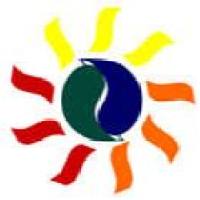The Retroviral Life Cycle and the Molecular Construction of Retrovirus Vectors
互联网
互联网
相关产品推荐

Recombinant-Hordeum-vulgare-High-molecular-mass-early-light-inducible-protein-HV58-chloroplasticHigh molecular mass early light-inducible protein HV58, chloroplastic; ELIP
¥10556

Lentivirus Packaging Vectors Set A
¥1299

ZETA LIFE胎牛血清(南美血源)
¥4800

Recombinant-Human-Cell-cycle-control-protein-50CTMEM30CCell cycle control protein 50C Alternative name(s): Transmembrane protein 30C
¥9786

///蛋白Recombinant Triticum aestivum Glutenin, high molecular weight subunit PC237重组蛋白Glutenin; high molecular weight subunit PC237; Fragment蛋白
¥2328

